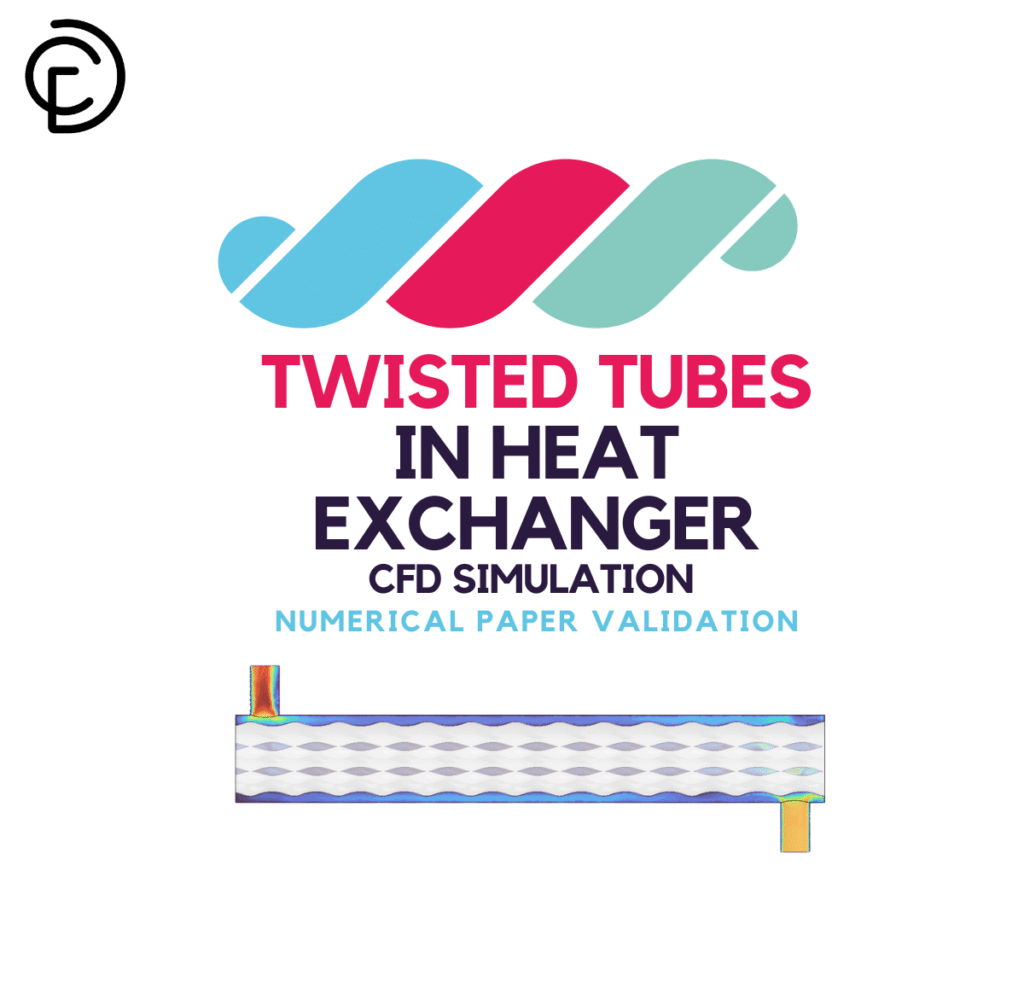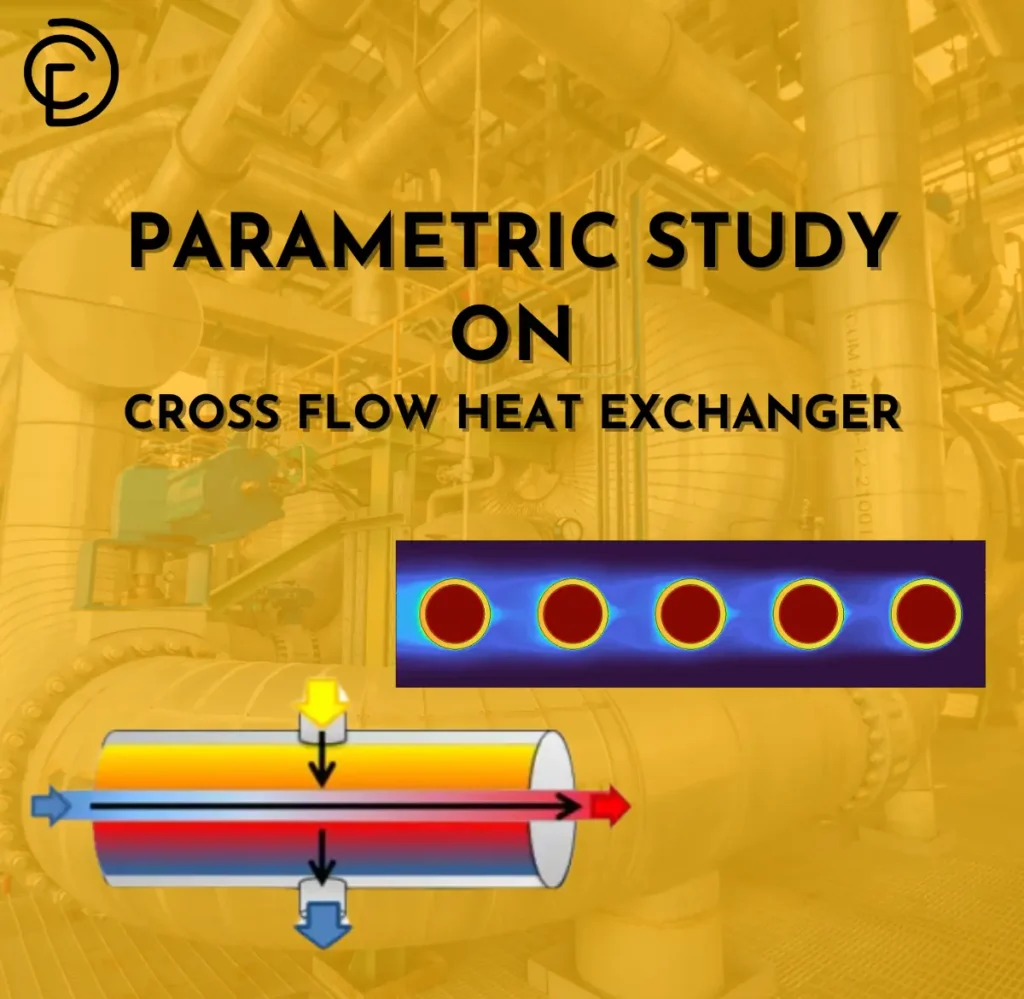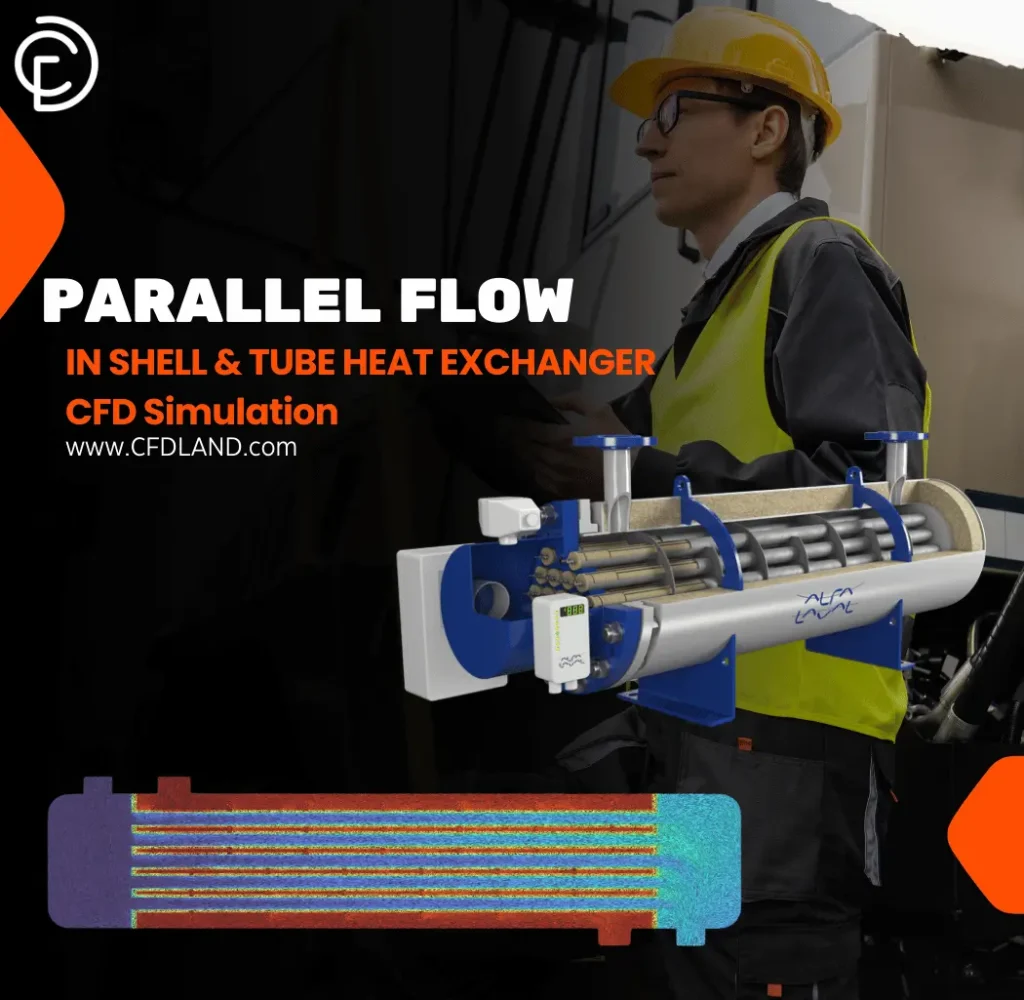Heat Exchangers CFD Simulation
€185 Original price was: €185.€155Current price is: €155.
€170 Original price was: €170.€145Current price is: €145.
€145 Original price was: €145.€95Current price is: €95.
€165 Original price was: €165.€105Current price is: €105.
€170 Original price was: €170.€125Current price is: €125.
€190 Original price was: €190.€99Current price is: €99.
What is a heat exchanger?
A heat exchanger is a device that transfers heat between gases or liquids without requiring the two fluids to mix together. Heat exchangers have a broad range of uses in both heating and cooling applications.
CFD analysis of heat exchangers allows engineers to model fluid flow and heat transfer within the device, optimizing its efficiency and performance across various applications.
Types of heat exchanger
Heat exchangers come in various types, each designed to suit specific applications and operating conditions. Some common types include:
- Shell and tube heat exchanger: A shell and tube heat exchanger operates on the principle of an enclosed tube bundle featuring a hollow cylindrical shell housing numerous tubes. Within this structure, one fluid flows through each tube while another circulates around them in the shell. These tubes can be configured as straight or U-tubes and may be tightly connected to the shell or designed to be drawable for maintenance. This design facilitates efficient heat transfer through the tube walls, making it one of the most prevalent types of heat exchangers.

Shell and tube heat exchanger with one shell pass and one tube pass, from Incropera et al., Fundamentals of Heat and Mass Transfer, 7th edition, Wiley.
- Plate heat exchanger: Plate heat exchangers facilitate heat transfer through a series of stacked plates arranged to create alternating channels for two fluids. These heat exchangers, operating similarly to shell and tube variants, replace tubes with thin, corrugated plates. Hot and cold fluids flow through these alternate channels, allowing for efficient heat exchange. Plate heat exchangers are compact and efficient, typically made of stainless steel and available in brazed or gasketed configurations based on the application and fluid requirements. While ideal for applications such as refrigeration and food processing due to their compactness and efficiency, they are not suitable for high-pressure conditions.

Sketch of plate heat exchanger, from Robinson et al., mass and heat transfer: analysis of mass contactors and heat exchangers

Hrale Stainless Steel plate Heat Exchanger
- Double-pipe heat exchanger: A double-pipe heat exchanger comprises two concentric pipes through which hot and cold fluids flow in opposite directions. The inner pipe, known as the tube side, is typically either a bare pipe or one with longitudinal fins, while the outer pipe, called the shell side, is usually bare. This design allows for efficient heat transfer between the two fluids by separating them while maintaining thermal conduction through the pipe walls. Double-pipe heat exchangers are simple and compact, making them suitable for small-scale applications or situations where simplicity is preferred. They provide efficient heat exchange and are easy to install, clean, and maintain, making them one of the earliest and simplest heat exchanger designs.

Double–pipe heat exchanger (cocurrent flow), from Robinson et al., mass and heat transfer: analysis of mass contactors and heat exchangers
- Finned-Tube Heat Exchanger: Finned-tube heat exchangers are similar to shell and tube heat exchangers, but with tubes that have fins attached to them to increase surface area and enhance heat transfer efficiency. These fins significantly augment the heat exchange capabilities by providing a larger area for heat transfer between the fluids. Finned-tube heat exchangers find extensive use in air-cooling applications, such as HVAC systems, refrigeration units, and car radiators, where efficient heat dissipation is crucial. By maximizing surface area, they effectively improve thermal performance, making them a preferred choice in systems where effective cooling is required.

Schematic representation of core region of a fin–tube heat exchanger, from heat transfer enhancement in cross-flow heat exchangers using oval tubes and multiple delta winglets by S. Tiwari et al.
Heat exchangers applications
Heat exchangers find diverse applications across numerous industries due to their ability to efficiently transfer thermal energy between fluids or between a fluid and a solid surface. Some common applications include:
HVAC Systems
Heat exchangers play a vital role in both heating, ventilation, and air conditioning (HVAC) systems within buildings. These integral components facilitate heat transfer between indoor air and a refrigerant or water loop, effectively regulating temperature and humidity levels. In HVAC systems, heat exchangers absorb heat from indoor air and transfer it to refrigerants, which are then released outdoors, contributing to cooling. Conversely, heat pumps utilize heat exchangers to transfer heat from the outdoor environment to warm the building’s interior, enhancing heating efficiency.
Whether it’s in AC units or heat pumps, the functionality of heat exchangers is pivotal in maintaining comfortable indoor environments and efficient energy utilization. CFD simulation of heat exchangers enables engineers to optimize their design for maximum heat transfer efficiency and performance in HVAC systems, ensuring effective temperature regulation and energy savings.
Power plants
Heat exchangers serve a critical function in power generation, playing essential roles in various types of power plants. In fossil fuel power plants, they convert thermal energy from burning fuel into steam, which subsequently drives turbines to produce electricity. Additionally, condensers, another type of heat exchanger, are employed to convert exhaust steam back into water, creating closed-loop systems.
These components are pivotal not only in fossil fuel power plants but also in nuclear power plants and renewable energy systems like solar thermal power plants, where they facilitate the transfer of heat to water or steam, enabling the generation of electricity through turbine-driven processes. CFD simulation of heat exchangers in power plants aids in optimizing their efficiency and performance, ensuring effective heat transfer processes that contribute to reliable electricity generation and operational sustainability.
Food processing
Heat exchangers are extensively utilized in diverse food processing applications to ensure product safety and quality. They play crucial roles in pasteurization, sterilization, cooking, drying, and cooling processes within the food and beverage production industry. By efficiently transferring heat, heat exchangers aid in heating liquids to kill bacteria during pasteurization, sterilizing food products, and facilitating the cooling process to maintain freshness and preserve product integrity.
Heat exchanger CFD simulation allows for precise modeling of fluid dynamics and heat transfer mechanisms within food processing applications, ensuring optimal design and operational efficiency to uphold strict safety and quality standards in the food and beverage production industry.
Oil and Gas Industry
Heat exchangers are pivotal in oil refineries and natural gas plants, facilitating heating, cooling, and condensing of hydrocarbons and process fluids. They aid in crude oil distillation, gas purification, and product condensation, ensuring efficient processing and product quality in these industries.
Heat exchanger CFD simulations enable detailed analysis of fluid flow patterns, heat transfer rates, and pressure drops within complex industrial processes, helping optimize performance and efficiency in oil refineries and natural gas plants.
Simulation of heat exchangers by ANSYS Fluent
ANSYS Fluent offers comprehensive capabilities for simulating heat exchangers, allowing engineers to accurately model fluid flow, heat transfer, and thermal performance. With a wide range of turbulence models, heat transfer models, and multiphase flow options, Fluent can handle diverse heat exchanger geometries and operating conditions.
Its robust solver algorithms ensure accurate prediction of flow patterns, temperature distributions, and heat transfer rates, enabling engineers to optimize heat exchanger designs for efficiency and performance.
Fluent also provides advanced post-processing tools for visualizing simulation results, analyzing heat exchanger behavior, and extracting valuable insights to guide design improvements. Overall, ANSYS Fluent’s capabilities empower engineers to simulate and optimize heat exchangers across various industries with confidence and precision.

Stram lines of fluid flow in a heat exchanger, adopted from “Blade-shape Tubulator in Heat Exchanger CFD Simulation”
CFDLAND expertise in Hear Exchangers Modeling Using ANSYS Fluent Software
Looking to harness the power of heat exchangers simulations? Look no further! Our expertise in simulating heat exchangers problems is at your service. Dive into CFD SHOP, where you’ll discover a plethora of heat exchangers projects waiting to be explored.
Whether you’re delving into power plant optimization or HVAC system design, rest assured that our proficiency in heat exchangers simulations will exceed your expectations. You can easily order your project for outsourcing.






